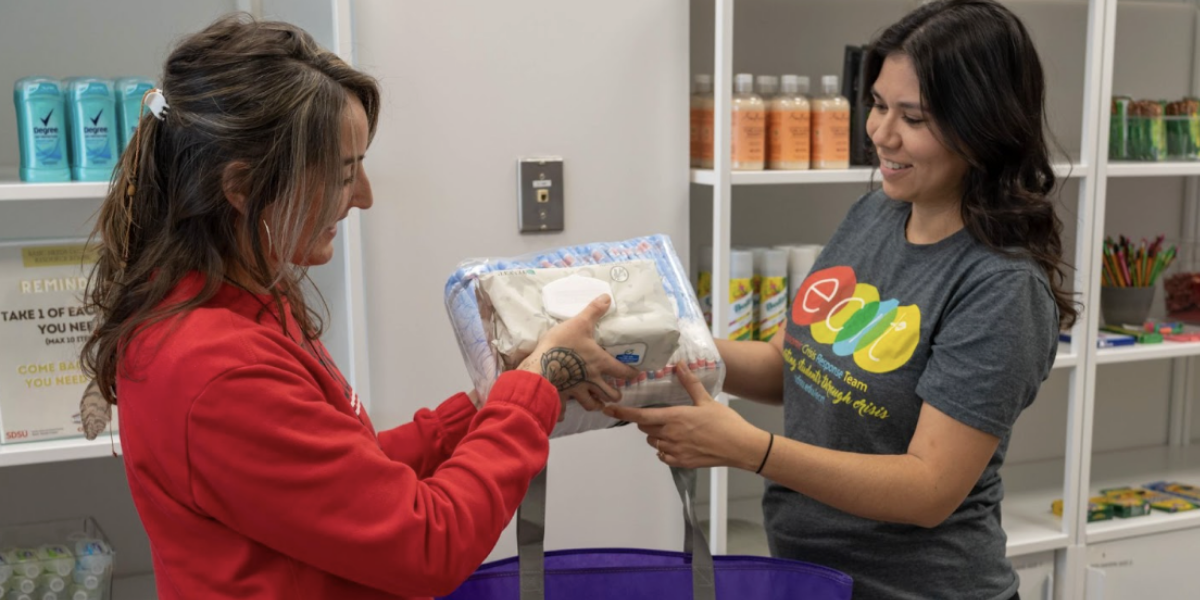The Center for Human Dynamic in the Mobile Age department was awarded a $450,000 National Science Foundation grant–funded partnership.
The partnership is between San Diego State, the County of San Diego Office of Emergency Services, the American Red Cross of San Diego/Imperial Counties and 2-1-1 San Diego.
SDSU researchers will look at ways to use data from social media, geographic information system and wildfire prediction software to design a web-based interactive evacuation planning tool help create efficient evacuation plans.
Geography professor Ming-Hsiang Tsou, who is part of the improvement of the application, said The National Science Foundation grant will cover three years of study.
“We are now only collecting the data,” Tsou said. “We want to know where the people are located. Using the check-ins they post on social media with their geo-tags, we collect this information and try to create a dynamic population density in real time.”
Census data is used when carrying out evacuations, but real time population numbers are in constant change depending on the hour and day of the week an SDSU press release said.
“We can use things like geotagged social media posts, remote sensing, geographic information system (GIS) data and crowd-sourcing to improve our estimations,” Assistant Professor of transportation engineering Xiangeg Yang said in the news release.
With the specific measurable assigned realistic time-related tool, information is collected once a day. The new project aims to enhance the tool and collect data per hour to give real time information and allow people to provide feedback in the app, Tsou said.
Atsushi Nara, a GIS expert and assistant geography professor, will work to develop the web-based decision support tool.
Ghanipoor Machiani , assistant professor of transportation engineering, said the difference with this app is that it aims to be a bridge between the people and the authorities who make the decisions on evacuations routes by knowing how the public receives information and how they respond to it.
The app is also being used by volunteers to get feedback about what to improve, Machiani said.
“I feel like the application would be very helpful,” interdisciplinary studies junior Rachel Tracy said. “A lot of people use electronic devices nowadays so people can get the information about the wildfire faster and easier.”
Aurora Valdez, journalism junior, said knowing about wildfires, where they are and who is affected by them is important.
“I think wildfires are extremely dangerous and can affect a lot of people and people’s homes like knowing about them and being aware of your surroundings,” Valdez said. “It’s also people that you know are being affected, so knowing that they are okay,knowing where to go, it’s all important.”
When asked if she would use the application Valdez said she would.
“We’re all looking online anyways, the TV, the radio, our phones are the number one thing everyone is looking at nowadays,” she said. “Having an app and a map even on the phone, that’s super helpful and everyone is going to use that honestly, in my opinion.”
The application, once complete, will be completely free and will help improve the disaster response evacuation in the San Diego area, and maybe even the country, Tsuo said.








